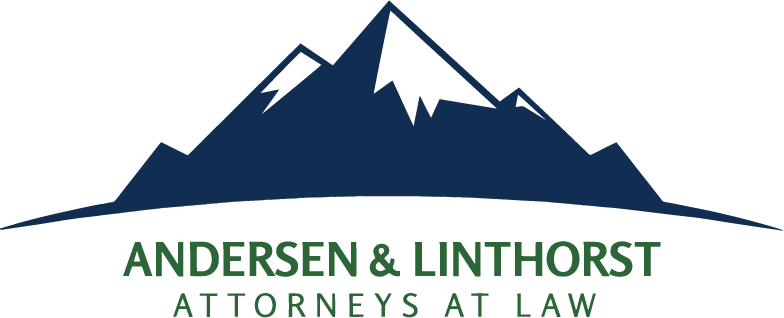Determining who is at fault in a traffic accident is pivotal for the resolution of claims related to injuries, damages, and liabilities. This process can be complex, as it involves gathering evidence, understanding the laws applicable to the situation, and sometimes, disputing the interpretations of events presented by the involved parties.
Collecting Evidence
The evidence is the backbone of proving fault in a traffic accident case. It includes physical evidence from the accident scene, witness statements, police reports, and sometimes, expert testimony.
Physical Evidence
This can include photographs of the accident scene, skid marks, vehicle damages, and any relevant road conditions or obstacles. Physical evidence helps reconstruct the accident scenario and can often indicate how and why the accident occurred.
Witness Statements
Eyewitness accounts can provide crucial details about the accident, such as the speed of the vehicles, traffic signals, and the actions of the drivers just before the collision. Such testimonies can support or refute claims made by the drivers involved.
Police Reports
Police officers responding to the scene of an accident typically produce a report that includes their observations, a diagram of the accident, and sometimes an initial assessment of fault based on their investigation. These reports can be influential in claims and lawsuits, although they are not definitive proof of fault.
Traffic Camera And Dashcam Footage
In today’s digital age, footage from traffic cameras or dashcams plays an increasingly vital role in proving fault. Such videos provide real-time, unbiased accounts of the accident and can be critical in establishing the sequence of events leading up to the crash.
Dealing With Insurance Companies
Insurance companies play a crucial role in the aftermath of traffic accidents. They assess the fault based on the evidence available and determine the extent of liability. However, insurance adjusters often aim to minimize the payout, which can lead to disputes over fault and compensation.
Strategies For Dealing With Disputes
When disputes arise, it is essential to have a thorough collection of evidence and a strong argument for your interpretation of the accident. It may also be necessary to engage legal professionals who can negotiate effectively with insurers or represent your interests in court if an agreement cannot be reached.
Consulting With Legal Professionals
Given the complexities of proving fault in traffic accidents, consulting with legal professionals who specialize in this area can be beneficial. Attorneys can attest to the challenges and nuances of these cases. Your car accident lawyer should be well-equipped to handle the gathering and analysis of evidence, negotiation with insurance companies, and, if necessary, litigation to ensure that the fault is fairly assigned and compensation is justly awarded.
Contact A Lawyer Today
Proving fault in traffic accident cases requires a detailed understanding of legal principles, diligent gathering of evidence, and often, strategic negotiation. Whether you are dealing with an insurance claim or a potential lawsuit, understanding the process of establishing fault can significantly impact the outcome of your case. With the right approach and legal guidance, parties can navigate these challenges and achieve a fair resolution.

